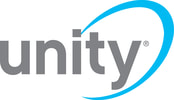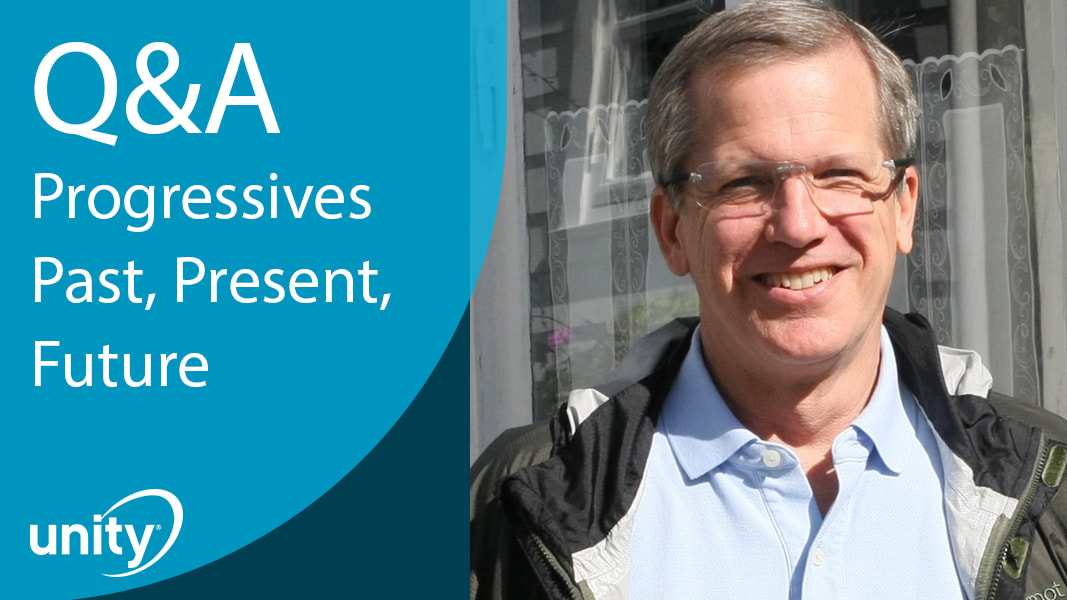|
In August, we caught up with Dr. Michael Morris, a nationally acclaimed lens designer and pivotal player in the development phase of Unity Via Progressive Lenses. In the engaging conversation, Dr. Morris dished on everything from the development, wearer trials, and innovation behind Unity Via Progressives to the current state of progressive lenses to where he sees progressives going in the future. Following is the interview in its entirety. The following Q&A represents statements and opinions of Dr. Michael Morris, a consultant to VSP. They do not necessarily represent the opinions of VSP. Q: Tell us a little about your background, how you got into designing progressive lenses. A: I became an optometrist because I loved optics. That started when I was a kid. I was seriously into astronomy and loved anything to do with telescopes. When I went to college, I became a physics major so I could play with optics. One thing led to another and I went to optometry college, then to the School of Aerospace Medicine where I worked in laser research. While I was there, I started designing spectacle lenses as a hobby. That led to a job at a lens manufacturing company nearly 30 years ago and I've been involved with progressive lens design ever since. Q: How much have progressive lenses changed since you got started?
Q: What are some of those improvements A: For one thing, we can offer specialized designs. It wouldn't have been cost-effective using semi-finished progressives, so the choices for doctor and patient were really limited. For another thing, we could tune the shape of the prescription surface to get closer to the prescribed dioptric powers for every patient. In the old days, if your prescription was close to the edge of the power range covered by a particular progressive lens blank, you didn't get very good clarity to the sides of the far viewing zone and often the effective add power wasn't quite right. If we use freeform design and processing correctly, that problem can be solved. A third thing that was a big improvement was taking into account the amount of lens surface available in the specific frame that a patient chose, as it fit on her face. Q: It's interesting you use the word "freeform" instead of "digital." Why is that?
Q: We will try to stay away from hype then. A: Good, there's enough going around.
Q: Why do you say that? A: Because in all but a few extreme cases there is no optical advantage to splitting the add power between front and back surfaces. Spectacle lenses are too thin to provide an extra degree of freedom using that approach.
Q: Let's shift to your work with Unity Lenses. How long have you been a consultant to the company? A: It's going on six years now, but I've known the company a lot longer. I was a VSP provider nearly 30 years ago and over the years I gave occasional lectures about progressive lens design to optometry students hosted by VSP. Q: What kind of work have you done with Unity Lenses? A: Quite a range of things. Most of them have been related to how they stack up against those from other lens companies. For example, I designed protocols for clinical trials of lens designs and analyzed the data from those trials. Q: Are you the designer of any of Unity Progressives? A: No, although I have participated in the development process of Unity Via Progressives. Until quite recently, I also had other clients in the ophthalmic industry and it would have been too complicated if I provided one of them with proprietary designs. For another thing, Unity already had very competent designers and I wouldn't have been able to add very much. What I did do was sit with the designers to discuss and review proposals and results. Q: How familiar are you with the Unity Via Progressives? A: I'm very familiar with the designs and their characteristics. I don't have a product manager's familiarity. For example, I'd have to look up what materials are offered, what the base curves are, prescription range, etc. But yes, I'm very familiar with them. Q: Are you aware that some other lens companies have been saying Unity Via Progressives are "old technology? " A: Well, I heard it from VSP. I don't go out and talk to VSP’s providers, so I'll take your word for it.
Q: But you didn't really address the question. Do Unity Via Progressives represent the state of the art? A: Yes. For one thing I was present as the designs were created, tested, refined and finalized. We weren't behind when doing that work and the designs have not been surpassed.
These aren't marketing terms, they are the kind of things that lens designers talk about. I haven't seen anything new and superior from another lens provider that would be a big leap forward, but I have seen a lot of hype Q: So are you saying that every lens company is making progressives that are more or less equivalent? A: Not at all. I'm saying that technology itself is no longer the key to innovation. It's understanding the patient and how presbyopes actually react to lens designs. Unity Via Progressives do a very good job of that. Some other companies may fall short. Q: What would cause a progressive lens to fall short?
Q: I don't follow you. A: Here's why this is a problem. Most progressives barely reach the prescribed add power and roll off to the sides and at the top, often at the bottom too. The actual area of full add power can be really small. This is why optometrists often "bump the add" for progressives. Now that we are individually optimizing progressives, it's tempting to set up the computer to just barely reach prescribed add power in the "as worn" position, not as a lensometer sees it but as the eye sees it.
Q: How are Unity Via Progressive Lenses different? A: I really like the common-sense approach that is used. First, the designs are created to have a substantial area of full add power. Second, the optimization is limited so that it doesn't go to extremes. It corrects for oblique errors but won't let the add power mindlessly go to a value that is likely to fail unless everything is perfect. Q: It's also being said that Unity Via Progressives are just old designs under a new name. True or false?
Q: Do you have any advice for optometrists who might consider switching to Unity Via Progressives from other products? A: I can vouch for the clinical effectiveness of the lenses, but of course only you can judge how effective they will be in your practice. I always recommend if you are going to try a product, try enough to provide a valid representative sample. Time and again I've observed that any given patient or subject in a study can react to the same lens in totally different ways depending on time of day, stress level, light level or prior lens exposure. Adaptation is a real phenomenon, and progressives present image patterns that can produce adaptation lasting many days. I'd try them on at least twenty patients and observe the results over a period of time, at least a month or two before forming any final opinions. I expect you will find that Unity Via Progressives work quite well for you. Michael Morris, OD
0 Comments
Your comment will be posted after it is approved.
Leave a Reply. |
Don't Miss Out!
Subscribe to the In_Sight Newsletter to get the latest blog posts delivered directly to your inbox. Popular Posts
5 Digital Eye Strain Hacks to Enhance Patient and Practice Experience Changing Your Preferred Progressive Lens: A Blueprint for A Successful Switch (Part I) How Unity Via Helped this New Jersey Practice Overcome Change Anxiety Categories
All
|
©2024 Plexus Optix, Inc. All rights reserved.
Unity, SunSync, and TechShield are registered trademarks of Plexus Optix, Inc. All other brands or marks are the property of their respective owners.
Use of these marks, names, logos, and/or brands does not imply endorsement.
Unity, SunSync, and TechShield are registered trademarks of Plexus Optix, Inc. All other brands or marks are the property of their respective owners.
Use of these marks, names, logos, and/or brands does not imply endorsement.
Website by Eyefinity



 RSS Feed
RSS Feed
